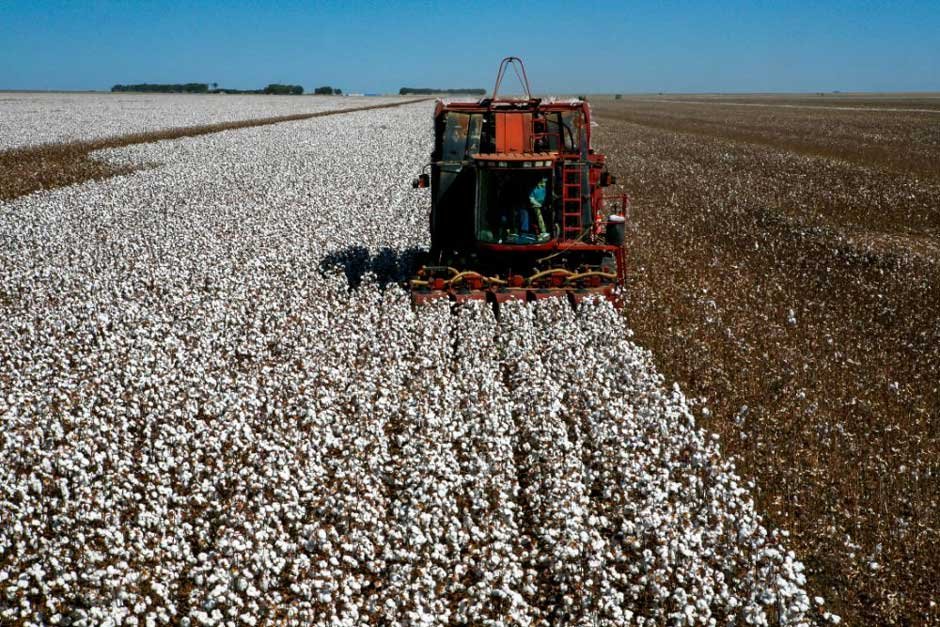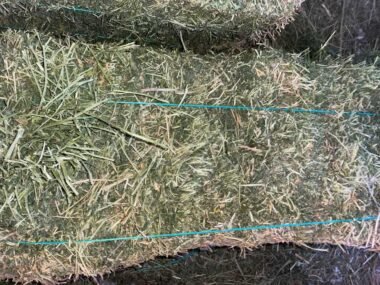In the dynamic world of modern agriculture, machinery is constantly evolving to meet the needs of farmers across diverse industries. The harvester tractor stands as a shining example of this innovation, pushing the boundaries of what a single piece of equipment can achieve. While many associate the harvester tractor with cotton picking, its capabilities extend far beyond this singular task. Today, we explore the multifaceted nature of the harvester tractor and how it has revolutionized the agricultural landscape.
The Evolution of the Harvester Tractor
The history of the harvester tractor dates back to the early 20th century when mechanization began to transform agriculture. Originally designed to replace manual labor in harvesting crops like cotton and wheat, the early harvester models were limited in scope. However, technological advancements in engineering, hydraulics, and computer systems have transformed the harvester tractor into a versatile powerhouse.
Modern harvester tractors are no longer confined to a single crop. They are equipped with interchangeable headers, modular components, and advanced software, allowing farmers to tackle a wide range of agricultural tasks with a single machine. This adaptability has been a game-changer for farmers aiming to maximize efficiency, productivity, and sustainability.
Beyond Cotton: Expanding the Role of the Harvester Tractor
Let’s explore some of the key functions of the harvester tractor that extend beyond cotton picking:
-
Grain Harvesting
Many harvester tractors can be fitted with grain headers to efficiently harvest crops such as wheat, barley, oats, and rye. Advanced threshing mechanisms separate grain from chaff, ensuring high-quality yields. This versatility allows farmers to switch seamlessly between harvesting cotton one season and grains the next.
-
Corn and Maize Collection
Specialized corn headers enable harvester tractors to tackle large-scale corn and maize fields. The ability to adapt the machinery to different row widths and plant heights ensures that the tractor can maximize yields and minimize losses during harvest.
-
Forage and Silage Production
Livestock farmers benefit greatly from harvester tractors equipped with forage harvesters. These attachments chop crops like alfalfa, clover, and grasses into silage, which is essential for animal feed. The integration of moisture sensors and yield monitors allows farmers to optimize feed quality while reducing waste.
-
Root Crop Harvesting
With the right attachments, harvester tractors can handle root crops such as potatoes, carrots, and beets. These specialized harvesters dig beneath the soil to gently lift and separate crops without damaging them, a task that would otherwise require dedicated machinery.
-
Vineyard and Orchard Applications
In the wine and fruit industries, compact and maneuverable harvester tractors are equipped with vineyard and orchard attachments for tasks like grape harvesting, pruning, and even spraying. These applications reduce labor intensity and improve harvest consistency.
-
Biomass and Energy Crops
The global push for renewable energy has opened new markets for biomass crops such as switchgrass, miscanthus, and sorghum. Harvester tractors play a pivotal role in collecting these energy-dense crops efficiently, supporting the growing bioenergy sector.
The Technological Edge of Modern Harvester Tractors
What makes today’s harvester tractor so effective in these diverse roles? The answer lies in cutting-edge technology that enhances performance and precision:
- GPS and Autosteer Systems: Precision farming relies on GPS technology to guide harvester tractors with centimeter-level accuracy. This minimizes overlap, reduces fuel consumption, and maximizes productivity.
- Telematics and Data Analytics: Many harvester tractors are now equipped with telematics systems that collect and analyze data on machine performance, crop yield, and field conditions. Farmers can access this data remotely, enabling real-time decision-making and proactive maintenance.
- Adaptive Power Management: Smart power management systems adjust engine output and hydraulic flow based on the task’s demands, improving fuel efficiency and reducing wear on components.
- Automation and AI Integration: Some of the latest harvester tractors feature autonomous capabilities, allowing them to perform tasks with minimal human intervention. AI algorithms optimize machine settings for different crops, enhancing overall performance.
Economic and Environmental Benefits
Investing in a multifunctional harvester tractor offers significant economic advantages. By consolidating multiple harvesting functions into one machine, farmers can reduce their equipment costs, streamline maintenance, and lower labor expenses. Additionally, improved efficiency means less fuel consumption and reduced carbon emissions, contributing to a more sustainable agricultural operation.
Precision harvesting further supports environmental sustainability. It minimizes waste, preserves soil health, and optimizes input use (such as fertilizers and pesticides). These benefits align with global goals for sustainable agriculture and resource conservation.
The Future of the Harvester Tractor
As the agricultural industry continues to evolve, so too will the harvester tractor. Future models are expected to incorporate even greater levels of automation, machine learning, and connectivity, enabling seamless integration with farm management systems and digital platforms.
We can also anticipate further innovations in electric and hybrid powertrains, which will reduce emissions and operating costs. Additionally, modular design advancements will make it easier than ever to swap out components and adapt the tractor to emerging crops and farming methods.
Final Thoughts
The harvester tractor has come a long way from its humble beginnings as a cotton picker. Today, it is a symbol of versatility, efficiency, and technological innovation in modern farming. By embracing its multifunctional capabilities, farmers can optimize their operations, reduce costs, and contribute to a more sustainable future.
As agriculture faces challenges like climate change, labor shortages, and the need for increased productivity, the harvester tractor stands ready to play a pivotal role in shaping the next generation of farming. With its ability to transcend traditional boundaries and adapt to a wide variety of tasks, the harvester tractor truly is much more than a cotton picker—it is the heartbeat of a modern, efficient, and sustainable farm.





